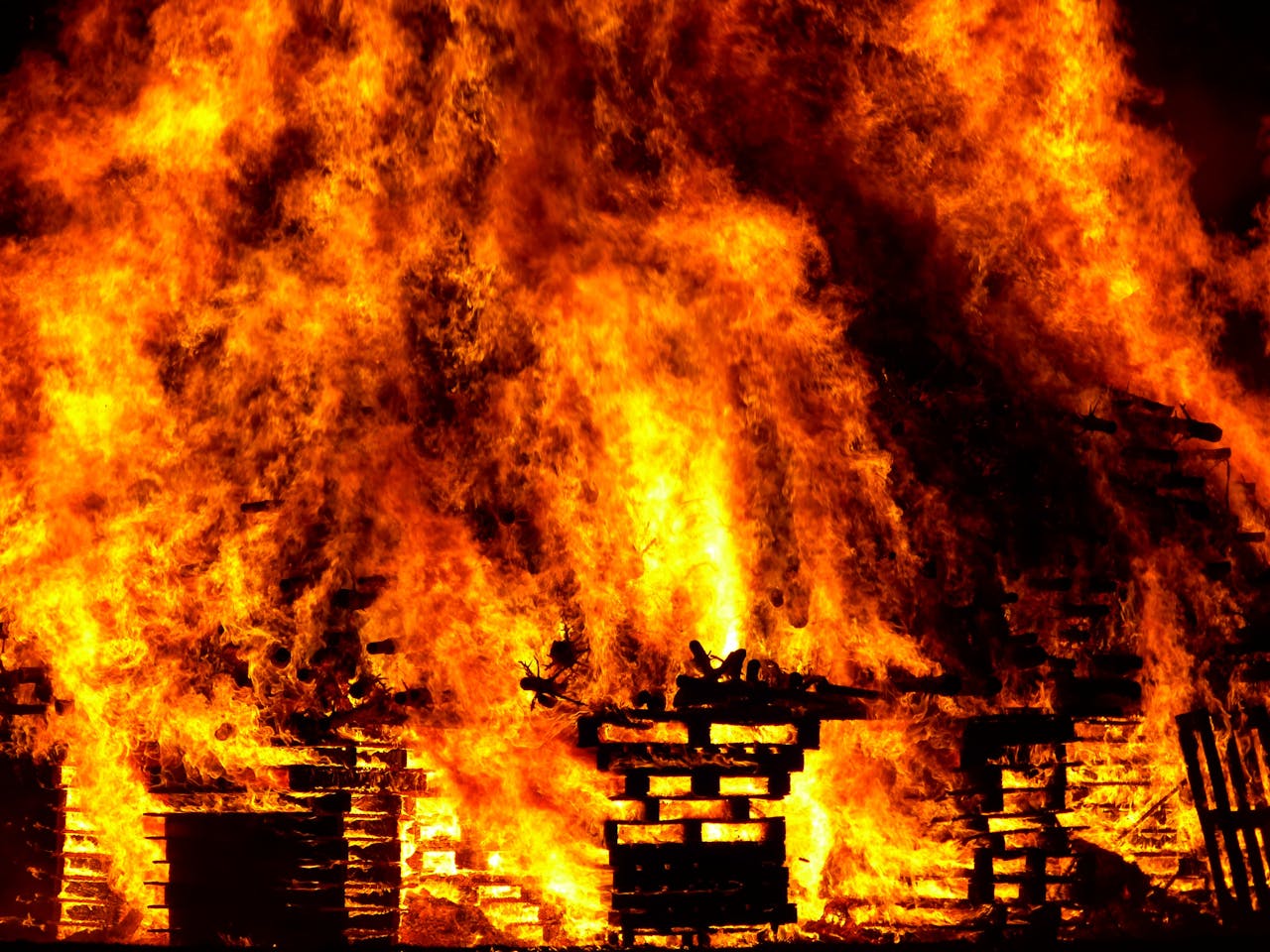
May 24, 2025
The Memphis Fire Department confirmed they believe the fire was set intentionally.
A fire that caused significant damage to a historic Black church in Memphis, Tennessee — once the organizing hub for the 1968 sanitation workers’ strike that drew the Rev. Martin Luther King Jr. to the city — was deliberately set, investigators confirmed May 21. The fire at Clayborn Temple undid work completed in a renovation effort that has been ongoing for years.
The Memphis Fire Department stated the Clayborn Temple blaze was set on the interior of the church, and investigators are currently searching for an individual suspected of being involved in starting the fire.
Flames tore through the historic downtown Memphis church in the early morning hours of April 28 and left its interior completely destroyed.
Memphis Fire Chief Gina Sweat reported later that day that while the inside of the building was likely a total loss due to the flames, some parts of the exterior facade might still be salvageable for restoration.
A few weeks after the initial fire in Clayborn Temple, the Memphis Fire Department announced that the structure had been stabilized, allowing for investigators to conduct a more thorough examination to determine the true cause of the fire.
The investigation eventually led to the suspicion that the fire was set intentionally.
Executive director of Historic Clayborn Temple, Anasa Troutman, delivered a statement on the impact of the fire May 21.
Troutman said, “Clayborn Temple is sacred ground — home to generations of struggle, resilience, and creativity. This act of violence is painful, but it will not break our spirit.”
Before the blaze, the historic church was in the middle of a $25 million restoration effort aimed at preserving its Romanesque Revival architecture and rich cultural legacy. Plans included restoring a massive 3,000-pipe grand organ and turning the site into a hub for neighborhood revitalization, with a museum, cultural programming, and community outreach initiatives.
Clayborn Temple is located just south of the iconic civil rights Beale Street, and was built in 1892 as the Second Presbyterian Church. After being sold in 1949, it became a pillar for Black congregations.
It later brought civil rights leader Rev. Martin Luther King Jr. to Memphis in 1968. King supported over 1,000 Black sanitation workers who went on strike to protest the inhumane treatment they received while being exposed to unsafe work conditions.
The Clayborn Temple was home to nightly meetings at the height of the strike, producing the movement’s recognizable “I AM A MAN” posters and becoming a station during marches.
Clayborn Temple was listed on the National Register of Historic Places in 1979.
Following King’s assassination and the conclusion of the Memphis workers’ strike, the church fell into disuse and was left vacant until recent renovation efforts began restoring it to its former state.
Before the recent fire, around $8 million had been poured into Clayborn Temple for renovations, and while the interior was still a work in progress, the exterior had been fully restored, according to Troutman.
RELATED CONTENT: Episcopal Church Ends 40-Year Resettlement Relationship With U.S. Government Over White South African ‘Refugees’

